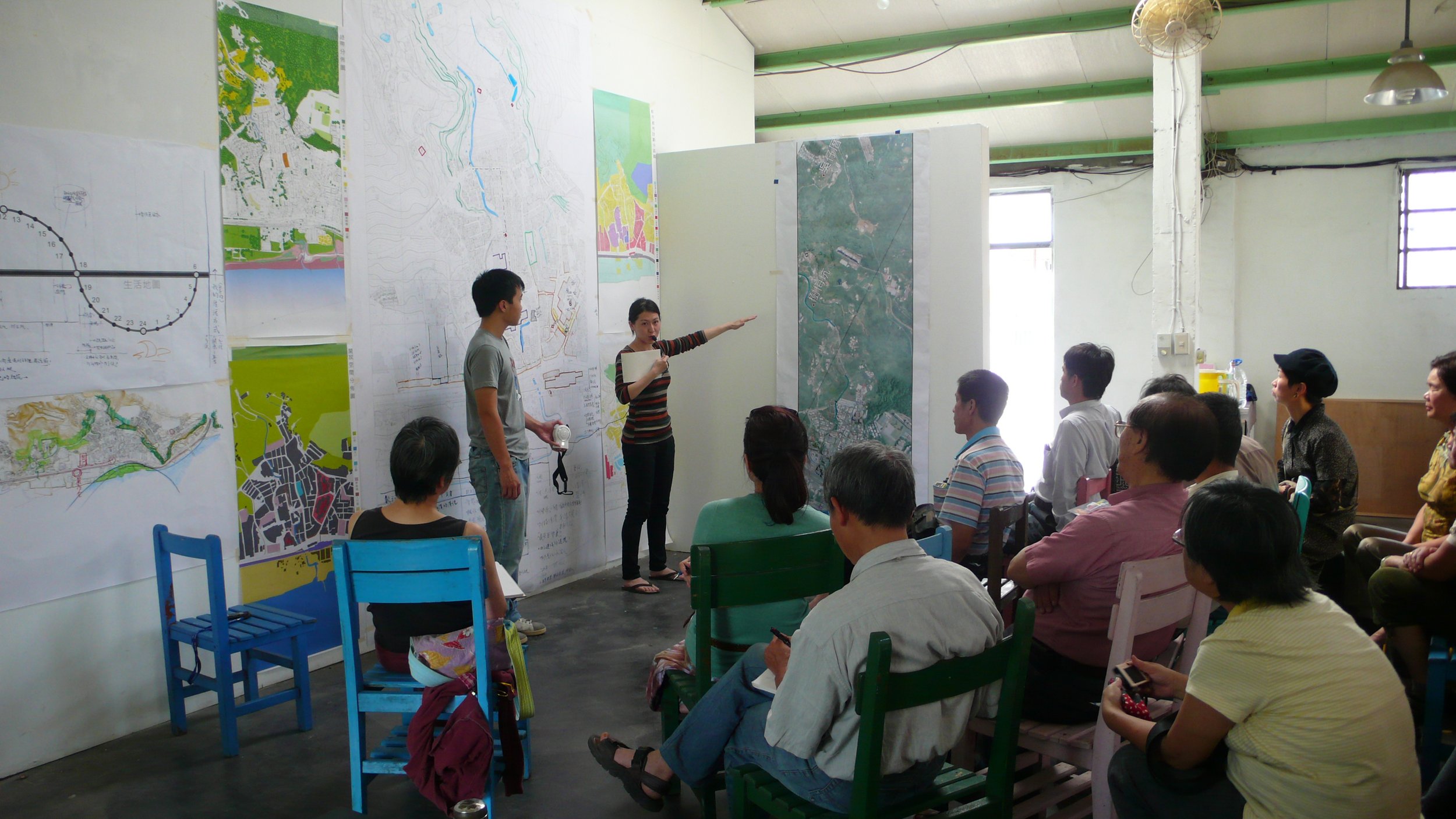A single drop: Wu Mali’s ‘Plum Tree Creek’ project
/The Sydney Asian Art Series (SAAS), a collaboration between the Power Institute of the University of Sydney and historian and curator Olivier Krischer, gathers leading voices from all over the world to engage with critical issues in Asian art. This year, the SAAS presented a four-part series titled ‘Art and Environment’, which aimed to discuss the interrelationships of art, environment and eco-political flows. The final event of the series took place on 25 October over an online Zoom webinar, led by Taiwan-based artist, writer and curator Wu Mali. Titled ‘Mending the Broken Land with Water’, the talk explored Wu’s ongoing ‘Plum Tree Creek’ project (2010– ).
Wu began with a series of questions: What can art do in and for the public sphere? How can art practitioners play a role in the context of a capitalised urban space? And how can we rediscover an old land and work towards a new universality? Wu’s work draws much inspiration from the work of post-truth philosopher Bruno Latour’s ideas of a new universality, which refers to a democratised way of acquiring scientific knowledge not by cognition but as an embodied cultural practice.
The ‘Plum Tree Creek’ project takes place across the Danshui River in Taipei, which has been polluted due to overpopulation, industrialisation and mass agriculture. Wu took on the mission to heal the land from a grassroots cultural perspective, using three key initiations to rediscover, reimagine and reinvent the river. First residents of hyper-urbanised Taipei gathered once a month to collaboratively cook and eat a breakfast using produce from local farms. Next, in collaboration with the local Bamboo Curtain Studio, Wu organised for a number of art practitioners to work with schools in public art projects across the river, highlighting the point that immediate surroundings can teach just as much as textbooks. Finally, Wu worked with Professor Huang Jui-Mao to stage a pop-up museum by the river to create dialogues between different demographics in the ways they have engaged with the waterway.
‘There has been a significant impact,’ Wu explained, ‘we have catalysed local grassroots initiations, and the creek has received a lot of attention from both public and private sectors. Also, the residents have gotten to know each other, so the place becomes a so-called home place. Finally, this project has redefined the artist’s and art practitioner’s role in contemporary society.’
These initiations may seem idealistic and insignificant, but they have begun an environmental revolution in the area. Ultimately, the ‘Plum Tree Creek’ project demonstrates how every individual, no matter their age, education level or income, has something to offer.
Zeta Xu
This year the SAAS also featured Patrick Flores (1 and 8 April), Furuhata Yuriko (6 May), and Sugata Ray (16 September). Zeta Xu is a 2021 participant in the APPRAISE writing program, which is a partnership between ACT Writers and Art Monthly Australasia, funded by the ACT Government’s artsACT grants program.





















